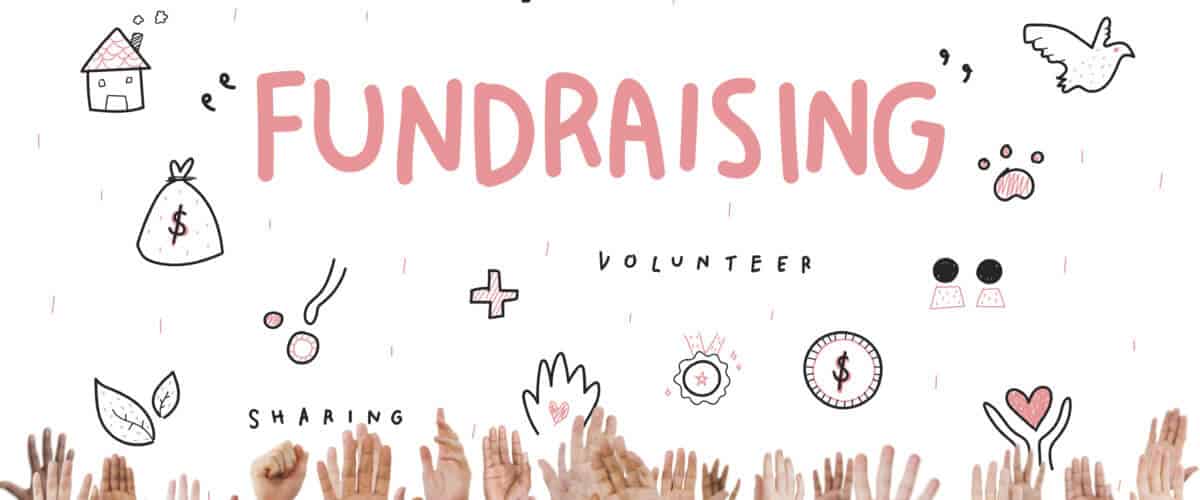Fundraising is a revolutionary act of people and organizations to implement some initiative or needed execution in society. In this contemporary era, the technology and behavior of humans have changed enormously, and there is plenty of techniques and innovations have been used literarily. Fundraising in Europe is not new, but recently we have witnessed many changes that have led us to an entirely new future.
The meaning of fundraising differs from the numerous methods of raising funds, but most commonly, the definition refers to collecting funds from various donors.
Fundraising is executed for different purposes:
- A Civil Society Organization (CSO) needs to sustain its activities by financing the expenses with revenues and achieving its mission and objectives.
- An individual or team intends to implement and execute a project or an idea in society, while the project could be in different areas, such as education, environment, technology, etc. For example, crowdfunding that you will learn more about in the future articles.
Thus detailed, fundraising refers to all activities implemented in an organization to secure and reassure the revenues required to sustain and help your organization achieve its mission.
European Fundraising Association 2017 data indicates the top three fund-raising methods by voluntary income. Direct mail was the most commonly selected as the full incomer driver, followed by public collections.
Fundraising in Europe

Fundraising has become a profession in Europe, and the landscape is promptly growing in terms of its workforce and the considerable number of fundraising organizations. There are diverse elements that have greatly influenced, established, and developed the profession nationally.
The strength of the local economy, cultural diversity, innovation, conventional new payment channels, peer-to-peer giving platforms, and social media make the sector a dynamic and exciting industry.
As Jan Kraoupa, co-founder of Czech Fundraising Centre (Czech Republic), explained, “There is a remarkable technological impact on how fundraising has changed. We’ve seen the development of online tools, P2P online, crowdsourcing, web-based giving, and mobile giving. At the same time, there is a shift towards the development of more strategic giving, represented by growth among major donors, where relationship development typically takes place through more traditional one-on-one conversation.”
The fundraising marketplace in Europe has been more competitive recently and itself is growing and diversifying, with universities, environmental, and sports organizations gaining popularity among the giving public. Fundraisers must ensure that they can still secure the funding they need without inflecting the balance so that public trust remains high and people do not feel pressured to donate.
Public trust is hard-won and can be easily lost, and nobody wants to take it for granted. Thus the fund-raising community has a broad recognition of the fragility of public trust. Consequently, the actions of one organization can build a general opinion of all those around it.
According to the report of Observatoire de la Fondation de France/CERPhi, European philanthropic capital is highly concentrated, mainly due to extensive corporate foundations: in Germany, the Robert Bosch Foundation holds assets worth €5 billion. German foundations account for one-third of total foundation spending in Europe. In Italy, savings bank foundations, created in the 1990s, hold half of all Italian philanthropic assets, or 21% of the European total.
Furthermore, Europe has lately become the emerging point of numerous foundations with limited assets.
There are three significant areas in which the European funds are donated:
- International Aid (funded mainly by Germany, Swiss and Belgians)
- Social Welfare (France and Spain)
- Religion (the United Kingdom and the Netherlands)
European Fundraising Association

The European Fundraising Association (EFA) is a network of fundraising associations working to strengthen and develop fundraising across Europe. The network of members spans 17 European countries. EFA also works with observer nations and other international partners, including fundraising associations in the US, Israel, and Japan.
How to Grab the Attention of Donors

In 2009 Jakob Nielsen, a web page usability expert, researched what donors want to look at on an organization’s website, requesting online contributions.
In conclusion, the study found that organizations willing to share their ideas and valuers primarily benefited from donors. On the other hand, if we have organizations with a similar mission, donors are keen to know about the methods used to achieve their mission.
The research results explain that only 43% of the 23 websites tested in this study provided information about their mission, goals, objectives, and work. And only 4% of the websites gave information about how the donation will be used. Unusually 17% of the sites made it hard for users to find where to donate.
In conclusion, we are in a great position to grab donors’ attention when we provide them with the organization’s mission, goals, objectives, and activities explained clearly, thoroughly, and concisely. In addition, donors are interested to know how the organization will use most of the funds.
Photo: Irina Strelnikova/shutterrstock
You might also like:
Support us!
All your donations will be used to pay the magazine’s journalists and to support the ongoing costs of maintaining the site.
Share this post
Interested in co-operating with us?
We are open to co-operation from writers and businesses alike. You can reach us on our email at [email protected]/[email protected] and we will get back to you as quick as we can.










